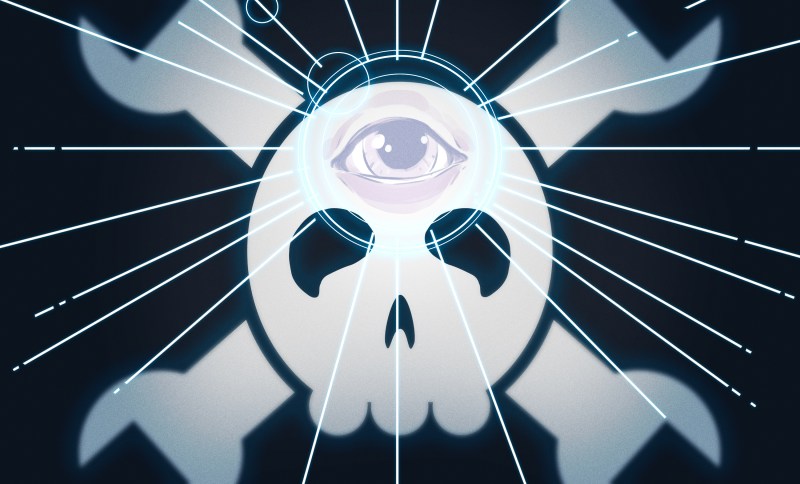Most posts here are electrical or mechanical, with a few scattered hacks from other fields. Those who also keep up with advances in biomedical research may have noticed certain areas are starting to parallel the electronics we know. [Dr. Rajib Shubert] is in one such field, and picked up on the commonality as well. He thought it’d be interesting to bridge the two worlds by explaining his research using analogies familiar to the Hackaday audience. (Video also embedded below.)
He laid the foundation with a little background, establishing that we’ve been able to see individual static neurons for a while …read more
Continue reading Reverse-Engineering Brains, One Neuron At A Time→


